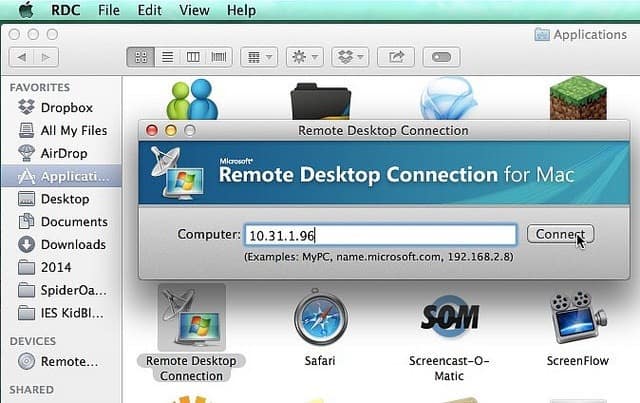All things being equal, a business with sufficient capital will grow at a much faster rate if it can distribute its best personnel across multiple offices.
This expansion can be regional, national, or international and its primary advantage is that it allows a business to attract the same target audience spread over a broader geographic area. However, with offices spread over a wider area, it’s unproductive to run each one as an independent unit. It’s far more effectual for the business to build a network so that all the offices can communicate, share information, and work in harmony on company projects.
The technology to connect these offices has changed over the years. Only a few years ago, a company would install servers and databases, which involved a large investment of time and money. This kind of technology is now considered “legacy infrastructure.” Today, it makes much more sense to talk about deploying a managed hybrid cloud, virtual private networks, or remote desktops. Not only do these technologies make it easy for almost instantaneous file sharing, but the capital expenditure is far lower. Let’s take a closer look at each one.
1. A Managed Hybrid Cloud
Many established companies that are ready for the next phase in their business growth – expanding to multiple office locations — first started with legacy infrastructure. This creates a dilemma because cloud technology offers numerous benefits like lower operating costs, scalability, flexibility, and the opportunity to rent much more advanced software. Not only have they invested heavily in legacy infrastructure, but their entire business runs on it. The solution is a managed hybrid cloud. This allows them to continue to use their existing infrastructure with the cloud.
A hybrid cloud management is particularly useful when scalability and flexibility of the cloud are used for one particular application but the private cloud is needed for storing more private data.
Here are some instances when it would be a good idea for a company to adopt a managed hybrid cloud solution:
- Before a company does a full system migration. This is a good point to decide what aspects of the current infrastructure should be kept and what aspects should be transitioned to the cloud.
- When a company would like to make a comprehensive plan for expanding its resources based upon their computer needs.
- When a company wants to continue to use some applications on their own infrastructure while transitioning other applications to a public environment.
- When a company’s mobile staff need to use specific applications and access critical data that is normally house only in a separate private environment
2. A Private Virtual Network

Prior to the development of the private virtual network, using a wide area network (WAN) was the best way to connect many offices spread across a wide geographical area. A WAN allowed disparate employees to share the same network resources. Since a central office location housed the core infrastructure — the servers and databases — necessary for the network, the branch offices, the local area networks (LANS) did not need to have their own core infrastructure and simply linked to the central office through a specific connection. In essence, a WAN from the central office connected the LANs from separate branch offices together.
As you might imagine, since this entire system required a lot of resources, it was expensive to install and maintain. However, now with the cloud most offices don’t need to have a dedicated WAN connection. Instead, they can use a Virtual Private Network (VPN) which uses the Internet.
VPNs provide many more advantages than WANs
1. They are safer than WANs. VPNs offer more secure site-to site connections. The connection between employees and their company’s network over the Internet is better protected.
2. They are more efficient than WANs. VPNs can transfer information at a faster rate than WANs.
3. They are less expensive than WANs. Since each office just needs a single leased line connecting to the Internet, it slashes broadband costs. Because VPNs are less expensive, small to medium-sized businesses can now afford to connect branch offices together.
3. Remote Desktops

A new technology that is growing in popularity is the remote desktop. A remote desktop is a program that lets an employee at one location to connect to another employee at a different branch. Their computers can interact as if they were locally connected through a network server. The server not only hosts the software but also hosts files and applications so that information is never lost even if one of the computers between the two users crashes. Microsoft explains the necessary conditions for remote desktops to work without any problems: “To connect to a remote computer, that computer must be turned on, it must have a network connection, Remote Desktop must be enabled, you must have network access to the remote computer (this could be through the Internet), and you must have permission to connect. For permission to connect, you must be on the list of users. Before you start a connection, it’s a good idea to look up the name of the computer you’re connecting to and to make sure Remote Desktop connections are allowed through its firewall.”
In the past, a growing business could thrive in one location, but due to a rapidly increasing trend toward globalization, one location is often not enough. The advent of new technology makes it much easier now than ever to network between all branch offices.

